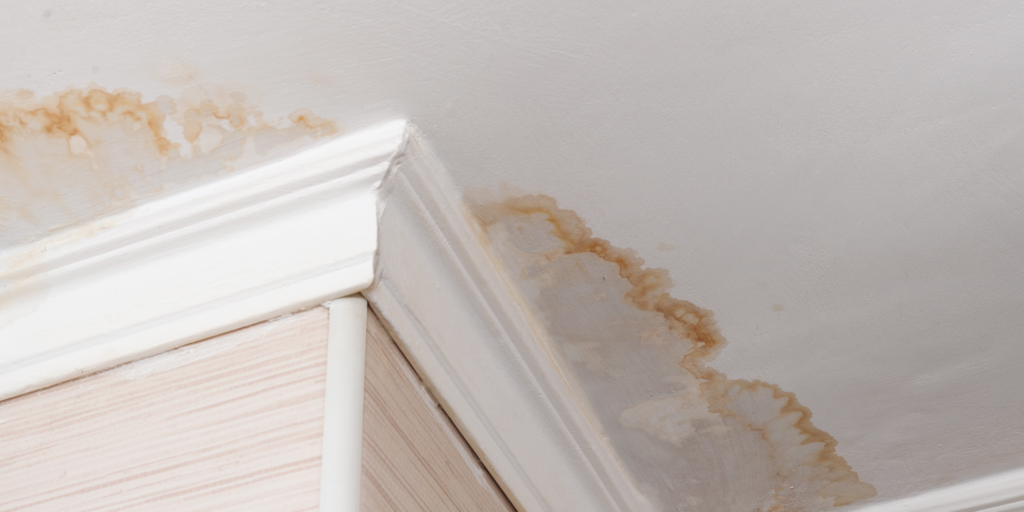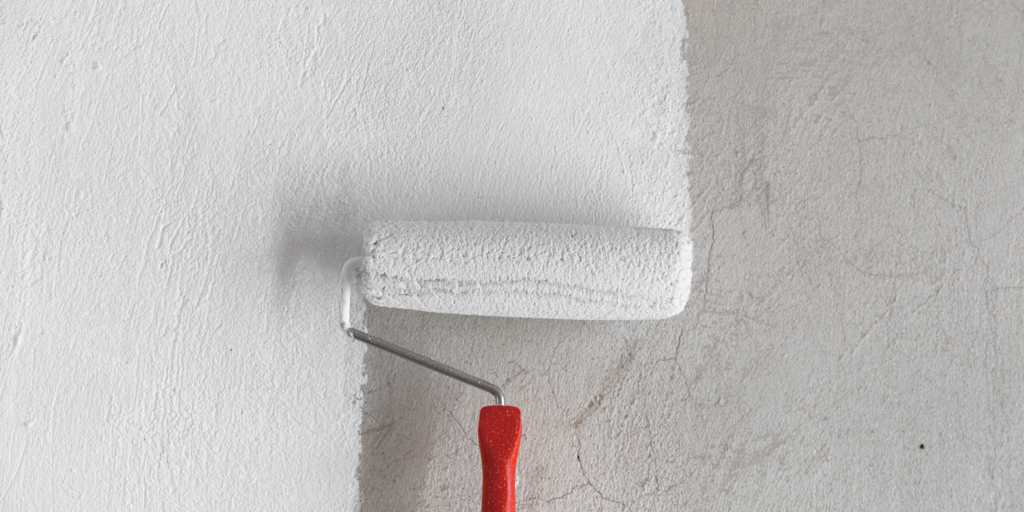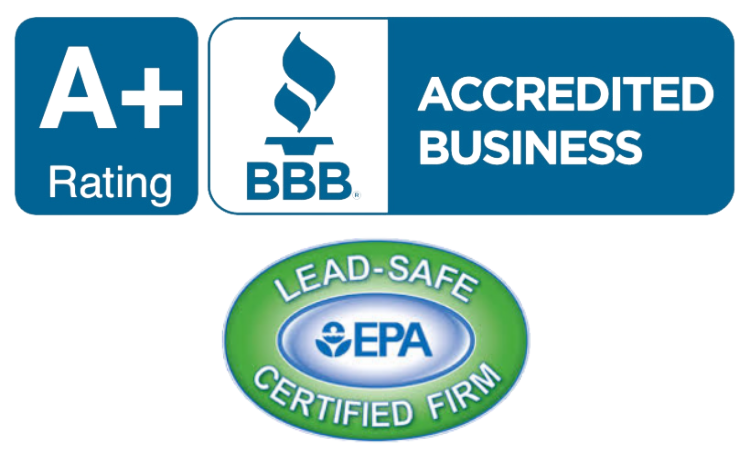Are you contemplating whether or not to use solid stain or paint for your own home? This decision can notably impact the general appearance and sturdiness of your exterior surfaces. Solid stain and paint both have their merits, but knowledge the differences between the two is crucial earlier than making a desire.
Understanding the difference between strong stains and paint
Solid stain, acknowledged for supplying wealthy and colorful shades, penetrates the wooden surface, improving its natural texture and grain. Unlike paint, which paperwork a movie on the surface, strong stain lets the timber respire at the same time as offering superb moisture protection. This makes it a great desire for decks, fences, and different outdoor structures that are vulnerable to moisture damage.
Solid stain offers numerous benefits over paint. Firstly, it keeps the herbal splendor of the wood by permitting the grain and texture to show through. This can create a greater rustic and organic look, best for homes with a conventional or natural aesthetic. Additionally, the solid stain is relatively proof against cracking and peeling, making sure that your exterior surfaces continue to be lovely and nicely covered for future years.

However, it’s crucial to notice that stable stains do have a few obstacles. Since it penetrates the timber, it can not completely cover imperfections or discolorations. If you have vintage or damaged surfaces that require giant repairs, strong stains won’t be the fine desire. Additionally, solid stain calls for everyday upkeep and reapplication to ensure its durability.
Pros and cons of the usage of solid stain for your home
Solid stain offers numerous benefits for your private home. Firstly, it complements the natural splendor of the timber by highlighting its grain and texture. The wealthy and vibrant shades of solid stain can upload warm temperatures and individuality to your private home’s outside surfaces. Additionally, solid stain affords splendid protection against moisture, preventing rot and rot. This makes it an excellent choice for decks, fences, and other outdoor structures which are uncovered to the elements.
Since it penetrates the wood, it can now not completely cover imperfections or discolorations. If you’ve got older surfaces that require sizeable maintenance, stable stains won’t be able to disguise those flaws. Additionally, strong stain calls for regular renovation and reapplication to make sure it’s tough. Over time, the shade may also fade or wear away, necessitating the want for the United States of America or an entire reapplication.
Pros and cons of the usage of paint for your private home
Paint offers a number of benefits for your house’s outside surfaces. One of the essential benefits of paint is its capability to offer an easy and uniform end. It can cover up imperfections, discolorations, and former paint layers, growing a clean and cohesive look. Additionally, paint offers notable protection against climate elements, together with UV rays and moisture. This makes it an appropriate desire for high-site visitors in regions that require the most durability.
Unlike stable stain, paint forms a movie at the surface, which may restrict the wood’s capability to breathe. This might also cause moisture buildup and capability harm through the years. Additionally, paint can also require extra frequent protection and contact-ups, mainly in regions that experience heavy wear and tear. If not properly maintained, paint can crack, peel, or fade, compromising the arrival and durability of your home’s outdoors.
Factors to consider while deciding between strong stain and paint
When figuring out among stable stains and paint for your property, there are several elements you need to don’t forget. Firstly, think about the aesthetic you want to reap. If you select a natural and rustic look that showcases the timber’s grain and texture, the stable stain may be the higher preference. On the other hand, in case you want a smooth and uniform end that covers imperfections, paint may be the manner to go.
The circumstances of your surfaces need to additionally be taken into account. If you’ve got older or damaged timber that calls for tremendous upkeep, the solid stain may not be capable of concealing these imperfections. In such cases, paint can offer a more effective answer by means of covering up these flaws and creating a fresh and uniform appearance.
Lastly, recollect the weather in your area. If you live in a vicinity with excessive humidity or frequent rainfall, stable stain moisture-resistant residences can be positive. However, if you revel in high-temperature fluctuations or severe sunlight, the paint’s superior protection against UV rays and climate factors can be extra suitable.
How to put together your property for solid stain or paint application
Before making use of solid stain or paint on your private home’s outdoor surfaces, the right practice is important. Follow these steps to ensure the satisfactory consequences:
Clean the surfaces: Remove any dust, particles, or mold using a strain washing machine or a slight detergent and water answer. Allow the surfaces to dry absolutely before intending.

Repair any damage: Inspect the wood for any rot, cracks, or unfastened forums. Replace or restore any broken areas to make certain an easy or even software.
Sand the surfaces: If important, sand the wood to remove any rough patches or unfastened paint. This will create a smooth and smooth floor for the solid stain or paint to adhere to.
Apply a primer (if using paint): If you’re the use of paint, apply a superb primer to beautify adhesion and offer a base for the paint. Follow the manufacturer’s instructions for the precise primer you are the usage of.
Protect surrounding areas: Cover any nearby flowers, windows, or other surfaces that you need to shield from unintended splatters or drips.
Apply the strong stain or paint: Use a broom, roller, or sprayer to use the strong stain or paint in even coats, following the manufacturer’s instructions. Work in small sections and keep away from overlapping to save you streaks or uneven insurance.
Allow proper drying time: Give the stable stain or paint sufficient time to dry earlier than applying extra coats or exposing the surfaces to moisture or heavy use. Follow the manufacturer’s endorsed drying time for quality results.

